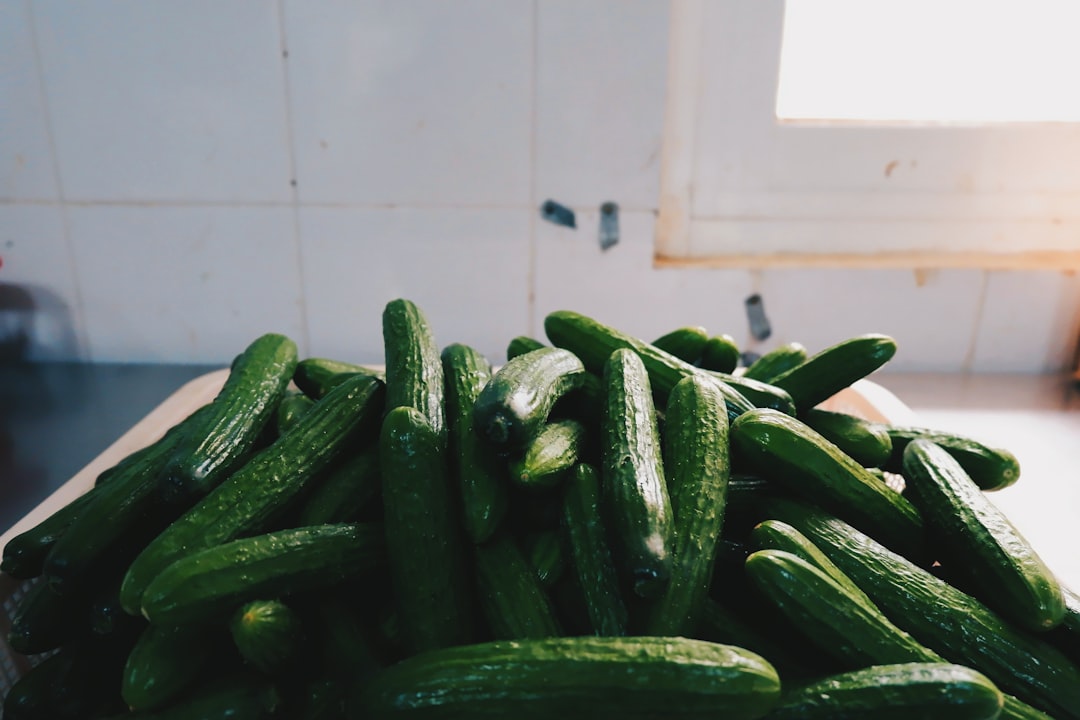The Enchanting World of Cimicifuga in Late - Summer Shade Gardens

In the realm of late - summer shade gardens, few perennials can rival the allure and charm of cimicifuga. This remarkable plant is not only a visual delight but also a valuable addition to any garden seeking to add a touch of elegance during the waning days of summer.
Cimicifuga, also known as bugbane, is a genus of flowering plants that belongs to the Ranunculaceae family. These plants are native to Asia and North America and have been cultivated for their beauty and medicinal properties for centuries. One of the most appealing aspects of cimicifuga is its tall, spiky flower spikes that rise above the foliage, creating a dramatic vertical element in the garden.
When it comes to growing cimicifuga, the first step is to choose the right location. As a shade - loving plant, cimicifuga thrives in areas with partial to full shade. It prefers moist, well - drained soil that is rich in organic matter. A spot under a large tree or on the north side of a building can provide the ideal growing conditions. Before planting, it's a good idea to amend the soil with compost or well - rotted manure to improve its fertility and drainage.
Planting cimicifuga is relatively straightforward. Dig a hole that is twice as wide and just as deep as the root ball of the plant. Place the plant in the hole, making sure that the top of the root ball is level with the soil surface. Backfill the hole with soil, gently firming it around the base of the plant. Water thoroughly after planting to help the roots settle in.
Once established, cimicifuga requires minimal maintenance. Regular watering is essential, especially during dry spells. However, be careful not to over - water, as this can lead to root rot. A layer of mulch around the base of the plant can help retain moisture and suppress weeds. In terms of fertilization, a balanced, slow - release fertilizer can be applied in the spring to promote healthy growth.
Pruning is another important aspect of cimicifuga care. After the flowers have faded, you can cut back the flower spikes to encourage a neater appearance. In the fall, once the foliage has died back, it can be removed to keep the garden looking tidy. However, some gardeners prefer to leave the foliage in place over the winter, as it can provide some protection for the plant's roots.
Cimicifuga is also relatively pest and disease - resistant. However, like any plant, it can be susceptible to certain issues. Slugs and snails may be attracted to the tender foliage, so it's a good idea to take measures to control these pests. You can use slug pellets or create barriers around the plants to keep them at bay. Additionally, keep an eye out for signs of fungal diseases, such as powdery mildew, and treat them promptly if detected.
One of the great things about cimicifuga is its ability to attract pollinators. The tall flower spikes are a magnet for bees, butterflies, and other beneficial insects, making it a valuable addition to a pollinator - friendly garden. By providing a source of nectar and pollen in late summer, cimicifuga helps support the local ecosystem.
In conclusion, cimicifuga is a standout plant for late - summer shade gardens. Its unique appearance, ease of care, and ability to attract pollinators make it a must - have for any gardener looking to add some interest to their garden during this time of year. Whether you're a seasoned gardener or just starting out, learning to grow and care for cimicifuga is a rewarding experience that will bring beauty and life to your outdoor space for years to come.